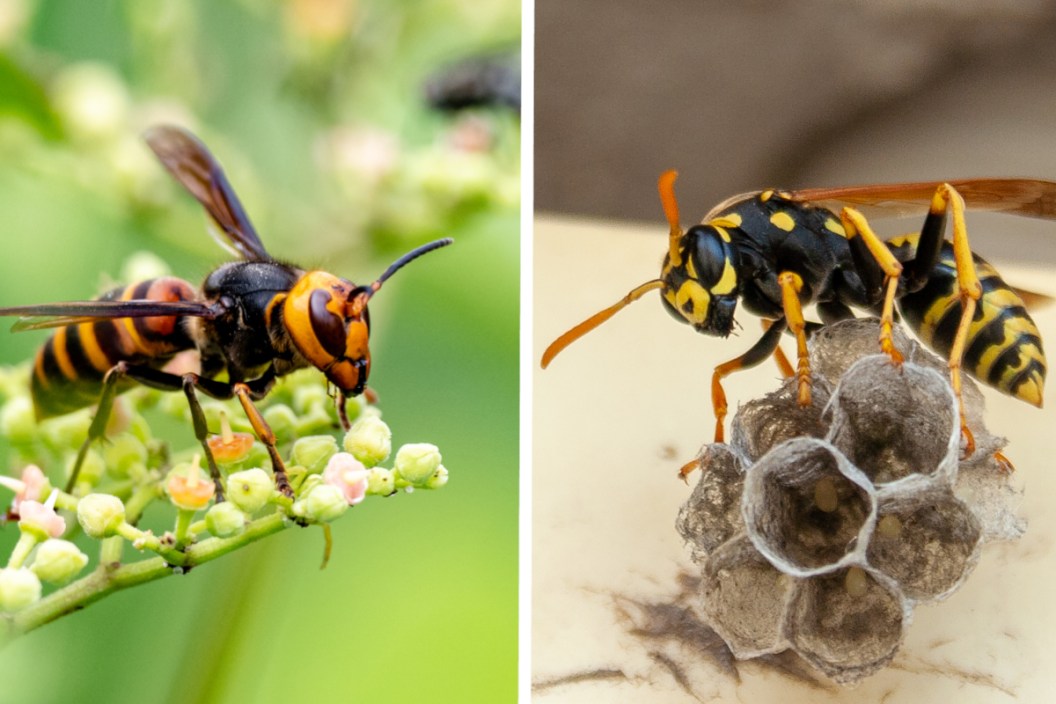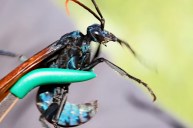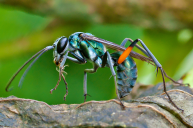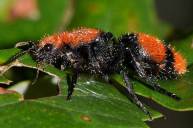What are the key differences between wasps and hornets?
In the world of stinging insects, many people might assume the different types of wasps, hornets, and bees are all the same. After all, they have similar life cycles, many like to nest in the same locations, and those stings are extremely painful if you are unlucky enough to disturb the nest. In some instances, their stings can be life-threatening for people who suffer allergic reactions.
However, the common types of bees, wasps, and hornets have some clear distinctions that are only obvious when you examine them closely.
By learning more about the different species of bees, wasps, and hornets and why they are different, you can better avoid unwanted and painful encounters with one on your next outdoor adventure. This is everything to know about the differences between wasps, bees, and hornets.
What is the visual difference between a wasp and a hornet?
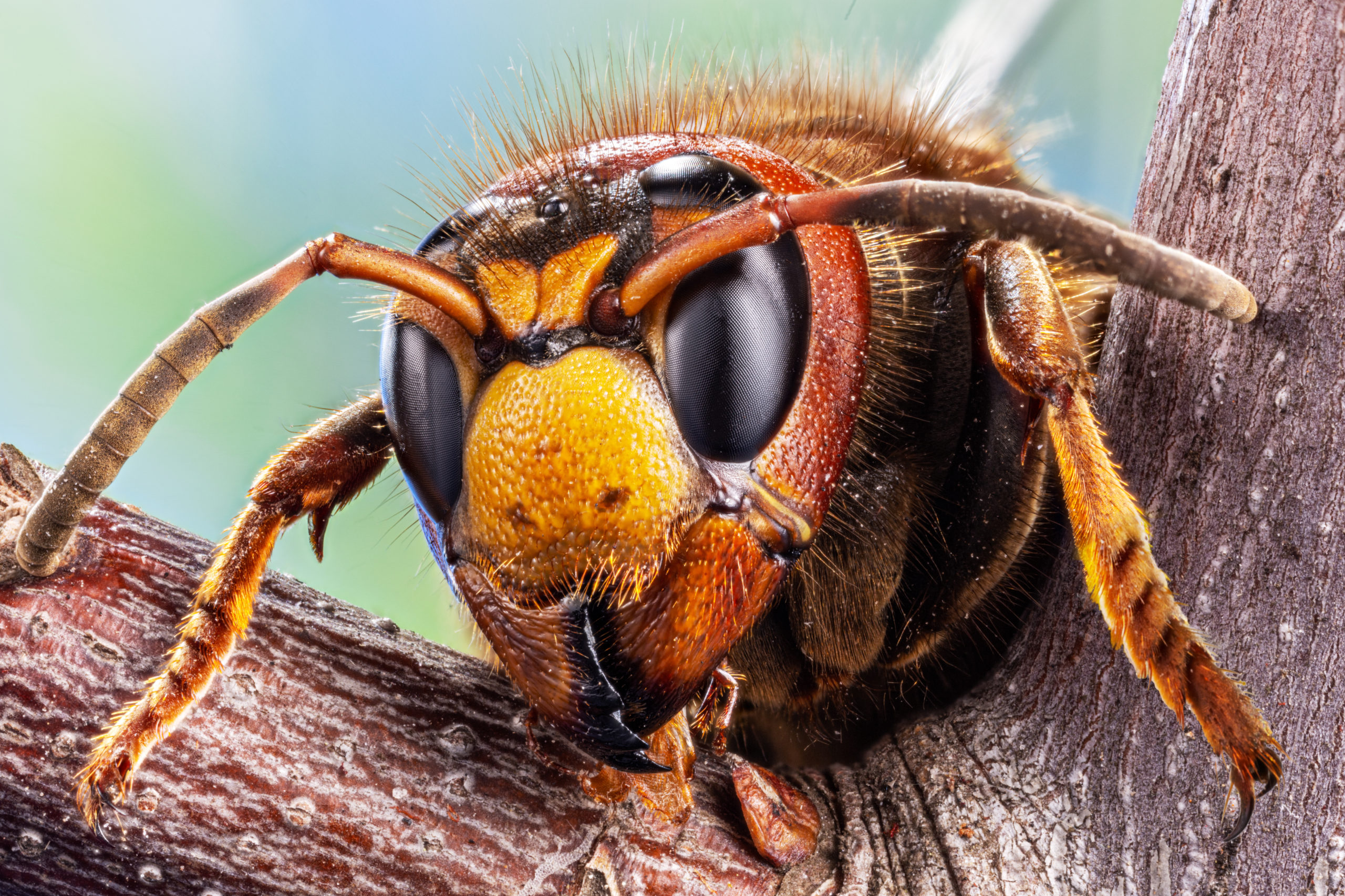
We will start with the visual differences between these two insects because most people use the terms "wasp" and "hornet" quite interchangeably. Things get confusing because wasps and hornets, along with bees, belong to the Hymenoptera order of insects in the Vespidae family. To add to that confusion, there are bugs like the bald-faced hornet, which is not considered a true hornet by most entomologists. In fact, it is considered a yellow jacket even if the coloration is off a bit.
The main difference between wasps and hornets is how they are built. Hornets are always going to be larger, like the Asian giant hornet or the European hornet. Some hornets may be an inch to an inch and a half long. Their abdomens and thorax are much beefier and rounder. The various species of wasps usually have a more streamlined appearance. One key difference is to look at the spot between the abdomen and thorax. If it has an extremely narrow waist, you are probably looking at a wasp.
The good news is it is very easy to differentiate common wasps and hornets from the many species of bees out there. Except for insects like the carpenter bee or the bumble bee, hornets and wasps are always going to be larger. Both queen and worker bees also usually have a "fuzzy" appearance that sets these pollinators apart.
What are the behavioral differences between wasps and hornets?
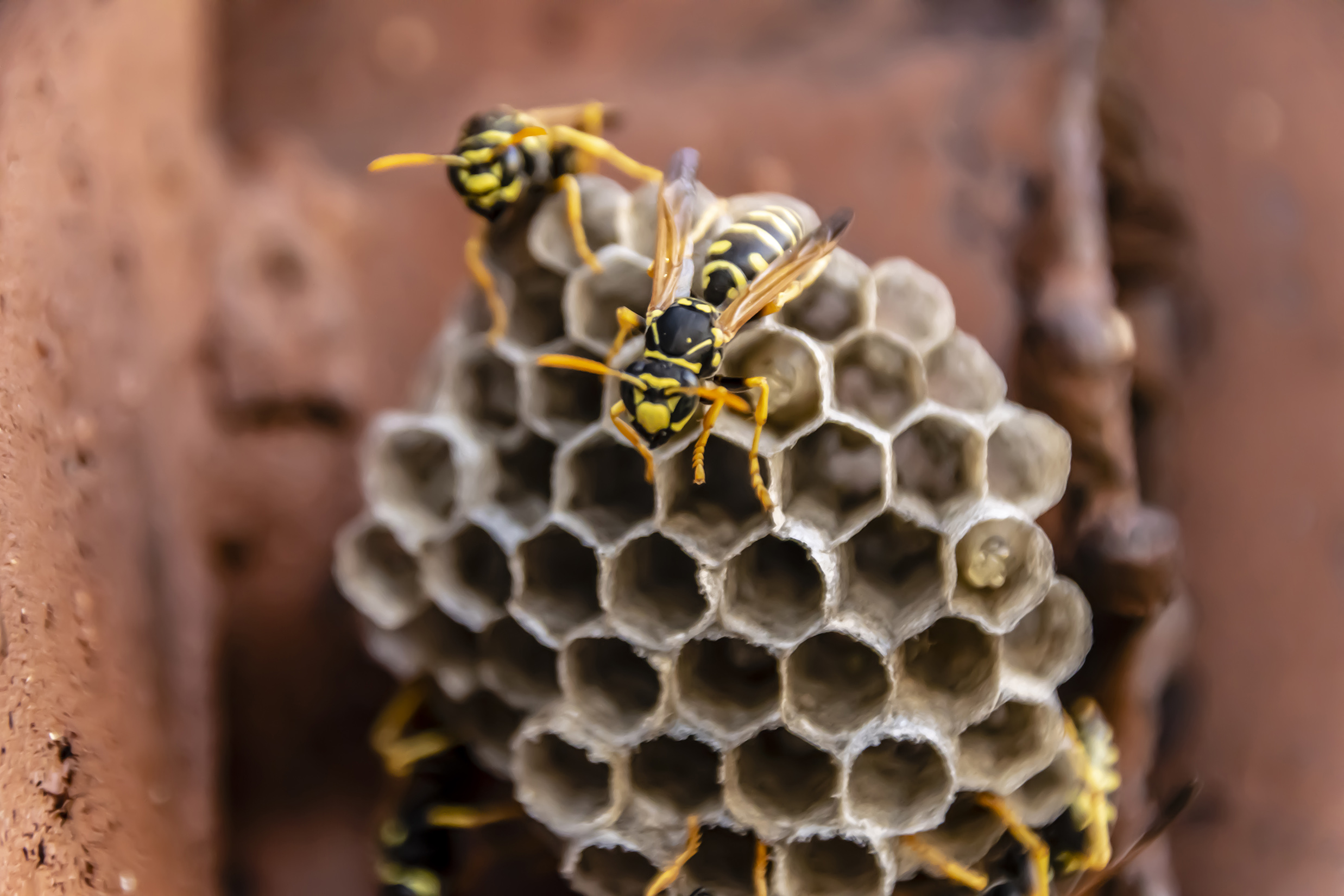
It gets a little easier to differentiate between these three insects when you start talking about how they behave. The key difference here is that hornets are social while wasps can be social or solitary. Hornet nests are always going to have a queen and workers who tend to the nest and gather food. There are social wasps like the Eastern yellow jacket that build complex homes in hollow trees, under the eaves of houses, or even in the ground. These types are usually called "paper wasps" since their nests are usually made of a pulp-like material.
There are also solitary wasps that live a very different lifestyle. Take the cicada killer (Sphecius speciosus). This fearsome wasp subspecies lives much of its life alone. It still has a stinger like other wasp species, but its primary purpose is not for defense of a nest. Instead, the cicada killer using it to paralyze its prey. And after a female mates, she will use the sting to paralyze a cicada before laying an egg on the victim's body and storing it underground. When the young larva hatches, it eats the cicada alive before building a cocoon and emerging as an adult the following season.
Some wasps, like the female velvet ant (again, a very confusing name) have no wings at all. They spend their whole lives scurrying around on the ground building underground burrows instead of a traditional wasp nest.
Both wasps and hornets are predators and scavengers depending on the situation. Hornets usually feed other insects like grasshoppers or earwigs to their larvae when they are young and then switch to fruit or planet matter once they reach adulthood. Wasps will sometimes gather nectar or whatever other sweets they can find. If you see a brightly colored insect buzzing around a can of soda on a hot day, it is likely a wasp attracted by the sugar. The predatory nature of both species means they are beneficial to humans, especially farmers as they serve as a form of natural pest control.
The stings of wasps and hornets.
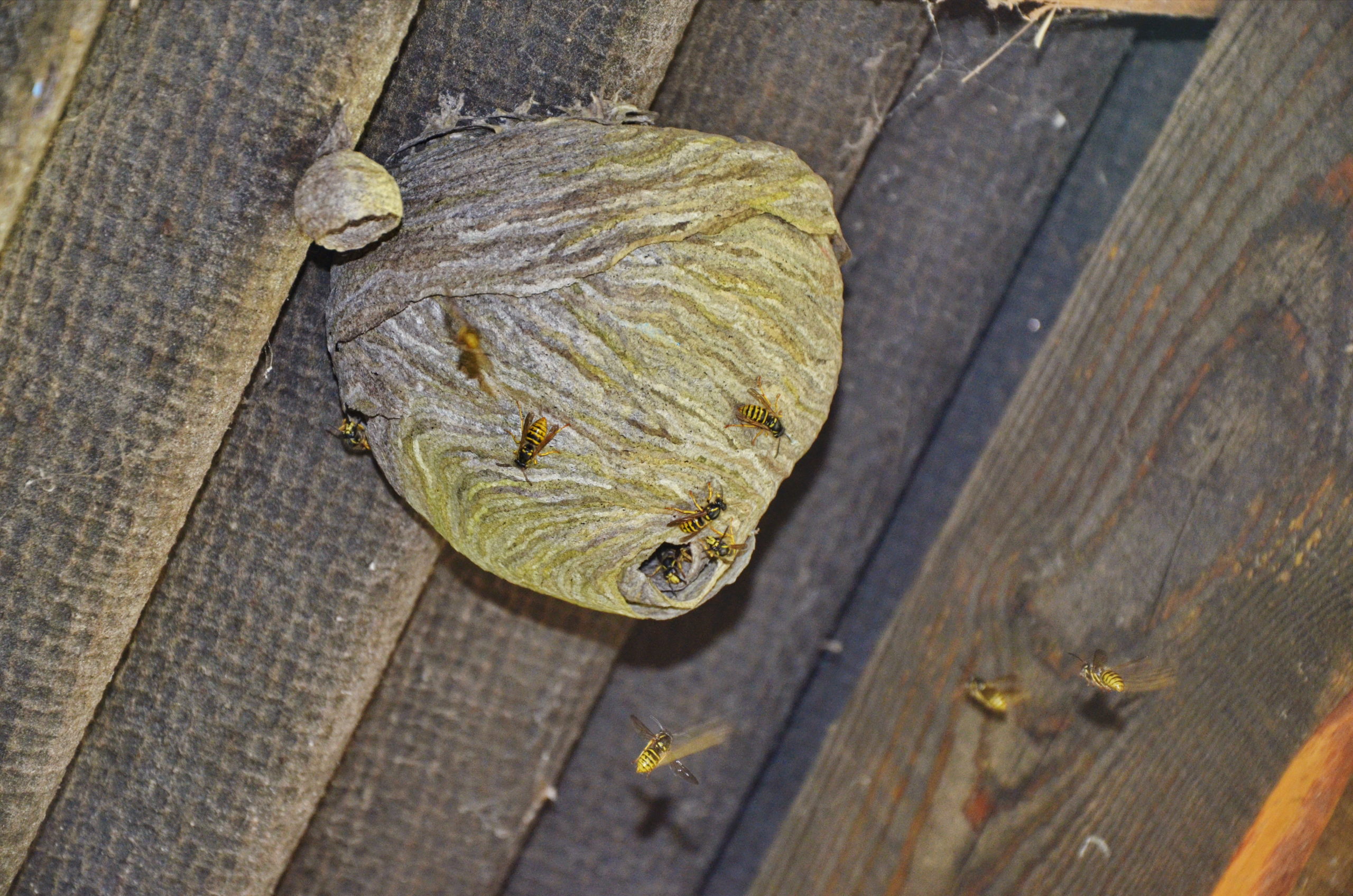
The biggest similarity between wasps, hornets and bees is their sting. All three types of insects can be aggressive when they need to be, especially when it comes to defending a nest. Most people are going to find the sting of a wasp or hornet to be much more unpleasant than that of a common honey bee.
This is the key difference between bee stings and those of wasps and hornets. A bee can only sting once because it has a barbed stinger. When it stings, it cannot remove it and part of its abdomen will rip out, killing the insect. By contrast, the stingers of wasps and hornets are smooth, allowing them to sting repeatedly in defense of their nest.
The ability to sting more than once likely makes wasps and hornets slightly more dangerous than bees. However, any of these insects can pose a great threat to anyone who is allergic. As for which is worse, hornet stings or wasp stings, this is mostly subjective depending on the person. Most people tend to find wasp stings more unpleasant if for no other reason than the aggressive nature of the insect. When a wasp stings, it often drops an attack pheromone that summons other workers to join in the fight. If you have ever disturbed a wasps nest by accident and then gotten bombarded by hundreds of insects, this is probably what happened. This makes something like a yellow jacket infestation slightly more dangerous to deal with.
If you do happen to come across a nest of hornets or wasps, or even bees, it is probably best to just leave it alone. If the nest is a threat to people, it is usually best to call in professional exterminators to deal with the issue for the safety of everyone involved.
Products featured on Wide Open Spaces are independently selected by our editors. However, when you buy something through our links, we may earn a commission.
For more outdoor content from Travis Smola, be sure to follow him on Twitter and check out his Geocaching and Outdoors with Travis YouTube channels.
NEXT: THE AXIS DEER AND HOW THEY'RE IMPACTING PARTS OF THE UNITED STATES
WATCH
